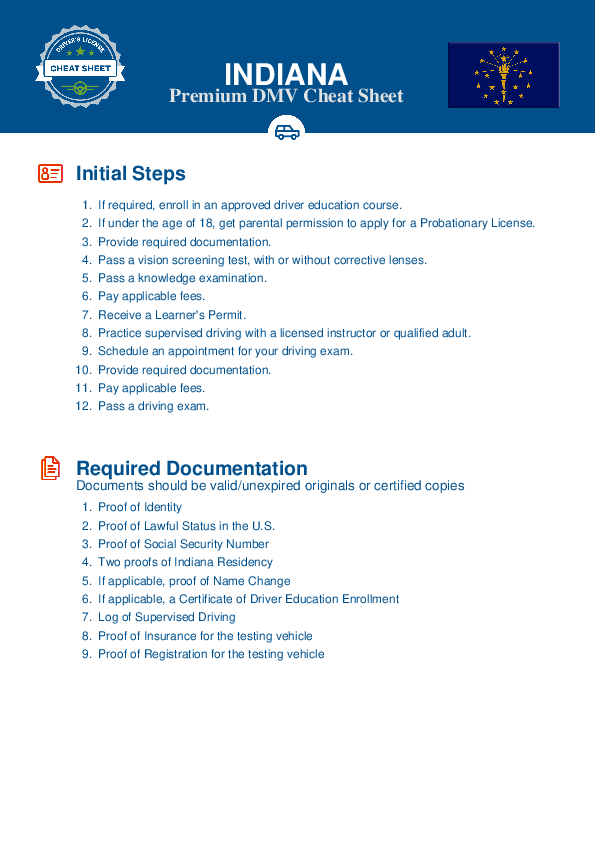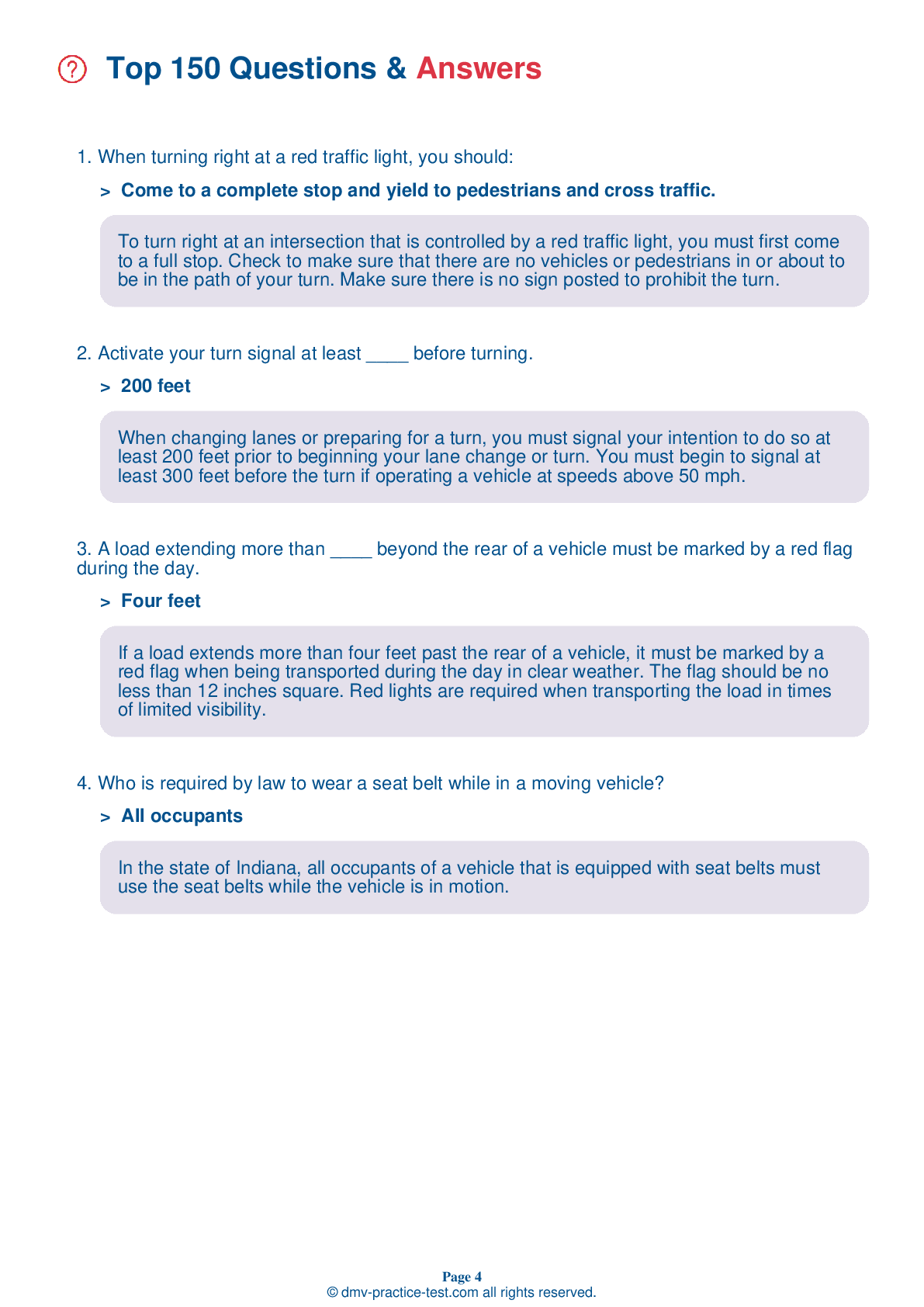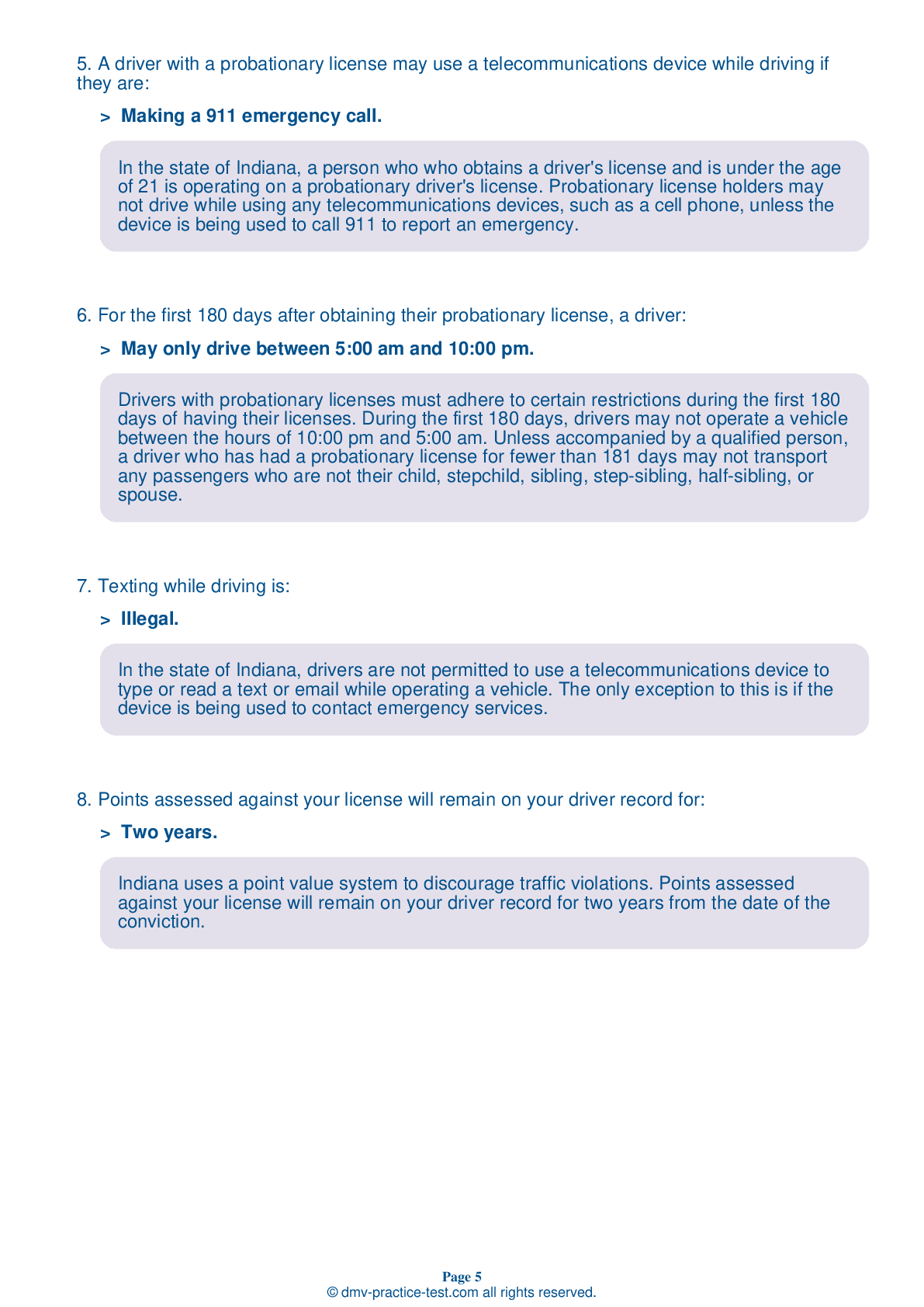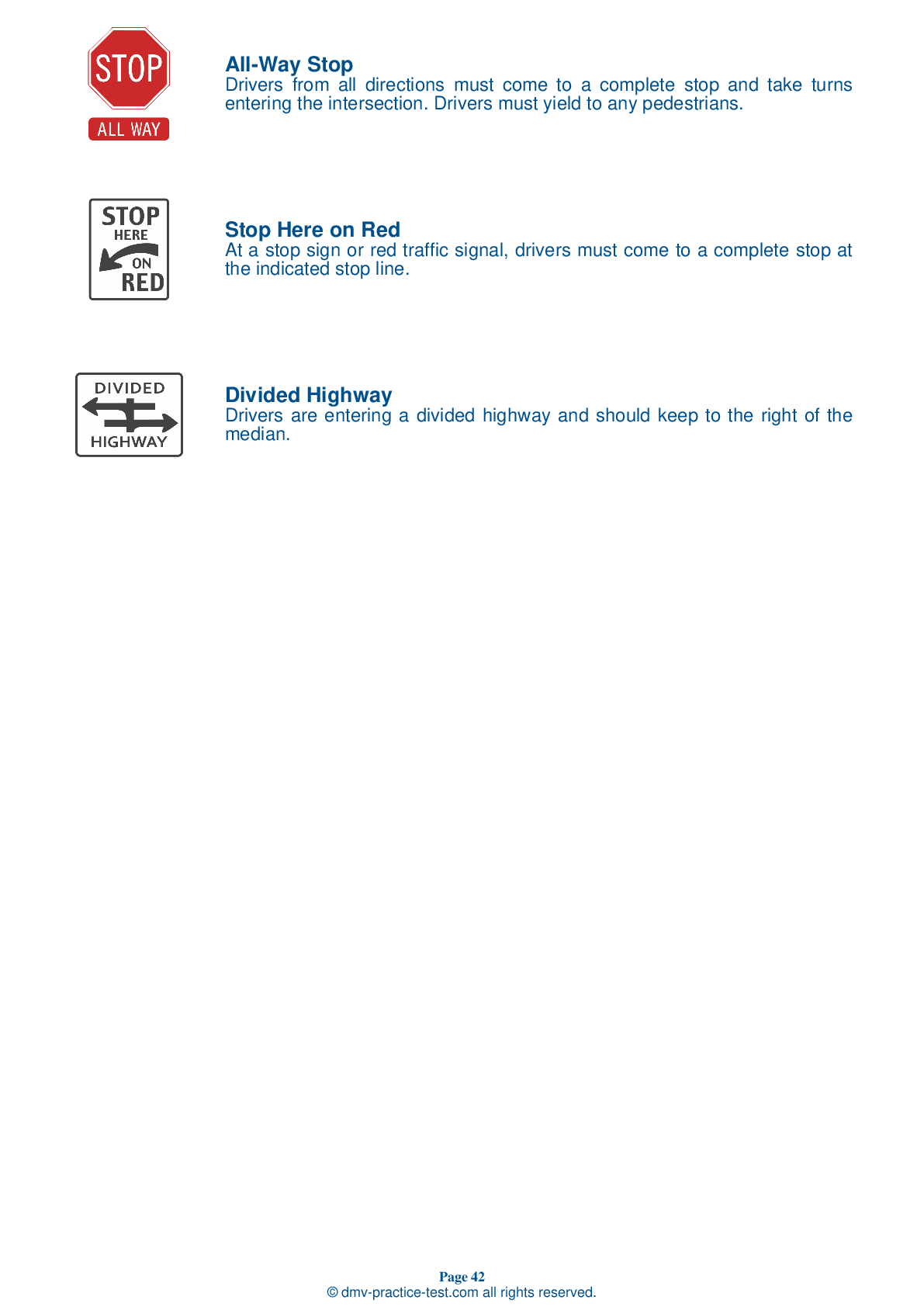FREE Indiana DMV Practice Test #1 Page 5 of 5
This set of Indiana DMV practise tests has been updated for January 2025. It includes questions based on the Indiana Driver Handbook's most significant traffic signals and laws for 2025. Use actual questions that are very similar (often identical!) to the DMV driving permit test and driver's licence exam to study for the DMV driving permit test and driver's licence exam.
On the practise exam, each question gets a tip and explanation to help you remember the concepts. The written component of the official Indiana DMV test will include questions about traffic rules, traffic signs, and driving statutes, as well as information from the Driver Handbook.
To obtain a passing grade, you must correctly answer 44 of the 50 questions. Take our DMV practise exam to help you prepare for your Indiana instruction permit or driver's licence.
The DMV exam is available in several languages.
Using any kind of testing assistance will result in an automatic fail, and the DMV may take additional action against your driver's licence, so stay away from it.
39 . While backing, you should:
When intending to back up, always check behind your vehicle before getting in. Children and small objects are difficult to see from the driver’s seat. While backing, turn your head so you can see through the rear window. Do not depend only on your mirrors or sensors.
40 . A driver who is taking a non-prescription drug should:
Many over-the-counter medications can affect your ability to drive safely. If you take medication, even a remedy for colds or allergies that is not prescribed, check the label for warnings about its effects. If you are unsure, ask your doctor or pharmacist about driving while on the medication.
41 . You are driving on a divided multilane highway and see or hear the signal of an approaching emergency vehicle. You should:
If you hear the siren or see the flashing lights of an emergency vehicle, you must slow down, provide a clear path for the vehicle, and stop. Don't try to outdrive the emergency vehicle.
42 . Regulatory signs:
Regulatory signs are often rectangular and white with black markings and are used to indicate what things a driver must or must not do in a designated area. They may display speed limits, prohibit passing or turning, or clarify any other driving regulation.
43 . This sign means:

Warning signs prepare drivers for upcoming road conditions and hazards and are usually yellow with black markings. This sign alerts drivers to an upcoming traffic signal. They should be prepared to respond to a yellow light, red light, and/or cross traffic.
44 . Points assessed against your license will remain on your driver record for:
Indiana uses a point value system to discourage traffic violations. Points assessed against your license will remain on your driver record for two years from the date of the conviction.
45 . While driving on a two-lane road without bicycle lanes, you encounter a bicyclist traveling in the same direction. What is the safest way to pass the bicyclist?
You should pass a bicyclist the same way you would pass any other vehicle, but not so fast or close to them that you throw debris in their face or blow them around with the draft of air from your vehicle. Allow at least 3 feet of space between your side mirror and the bicyclist, or at least 5 feet on higher speed roads or when there is a group of bicyclists. Honking unnecessarily may startle riders and make them more likely to crash.
46 . This sign means:

Regulation signs regulate traffic speed and movement, displaying rules which drivers must obey. This regulation sign tells traffic in the left lane that they must turn left.
47 . At an intersection with a yield sign, you should:
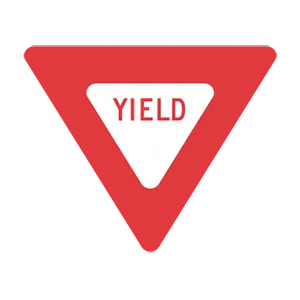
A yield sign means that you must slow down and yield the right-of-way to traffic in the intersection or roadway you are entering.
48 . This road sign means:
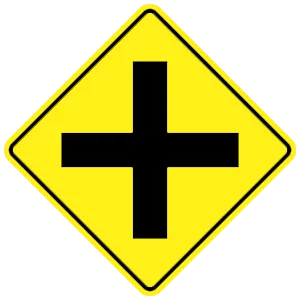
This sign means that you are approaching an upcoming intersection. Watch carefully for cross traffic.
49 . This sign means:
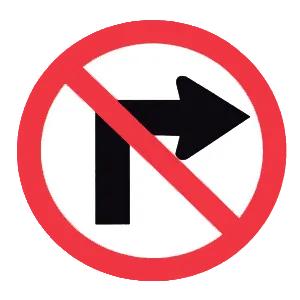
This sign indicates that right turns are prohibited. Do not make a right turn at an intersection where this sign is posted.
50 . If you’re going to turn left onto a one-way street, you should complete the turn into:
You should always turn from the lane that is closest to the direction you want to go. Turn into the lane closest to your previous lane.
See the exact questions that will be on the 2025 Indiana DMV exam.
99.2% of people who use the cheat sheet pass the FIRST TIME
LT gives us an insight on how the cheat sheet provided her with all the study questions she needed before taking her test.
Joe initially studied with the handbook and failed his test, he eventually found us online, studied and pass his test the first time around.
